| 2. |
Remove charge air cooler outlet pipe. |
| 4. |
Disconnect electrical connector from
pressure transducer, Fig. 1. |
| 5. |
Remove compressor and condenser hose
assembly bolt from compressor, Fig. 2. |
| 6. |
Remove compressor and condenser hose
assembly from compressor, Fig. 2. |
| 7. |
Remove and discard sealing washers,
Fig. 2. |
| 8. |
Remove compressor hose from condenser,
Fig. 3. |
| 9. |
Remove and discard seal washer,
Fig. 3. |
| 11. |
Remove compressor hose nut (1) from
evaporator hose, Fig. 4. |
| 12. |
Remove wiring harness from compressor
hose bracket, Fig. 4. |
| 13. |
Remove bolt (2) from compressor hose
bracket, Fig. 4. |
| 14. |
Remove and discard seal washer,
Fig. 4. |
| 15. |
Reverse procedure to install, noting
following: |
| |
a. |
Install new sealing washers on compressor
and condenser hose fittings. |
| |
b. |
Install A/C compressor and condenser
hose assembly bolt. Torque bolt to 15 ft. lbs. |
| |
c. |
Install new seal washer to compressor
hose. |
| |
d. |
Install compressor hose and nut to
evaporator hose. Torque nut to 15 ft. lbs. |
| |
e. |
Install bolt from compressor hose bracket.
Torque nut to 15 ft. lbs. |
| |
f. |
Install new seal washer to compressor
hose. |
| |
g. |
Install compressor hose and bolt to
condenser. Torque bolt to 15 ft. lbs. |
| |
h. |
Evacuate and charge refrigerant system. |
| |
i. |
Leak test fittings using halogen leak
detector tool No. J-39400-A, or equivalent. |
|
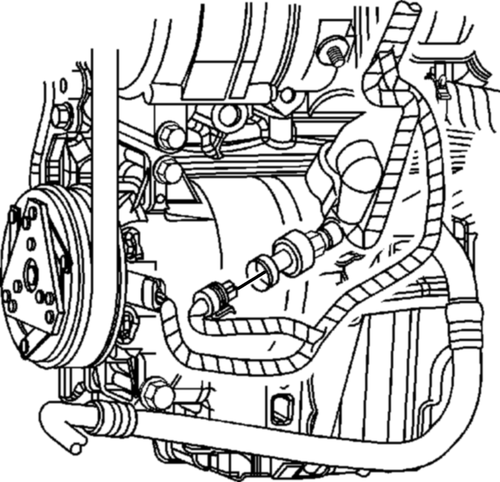
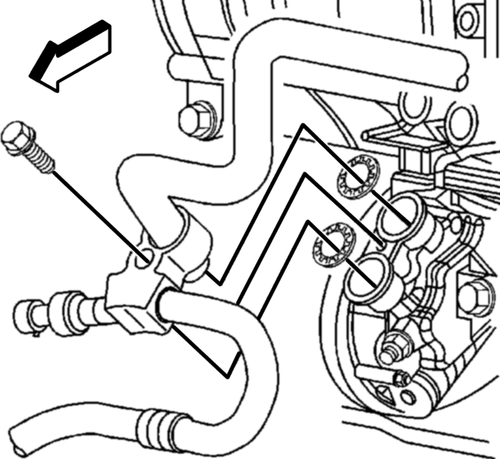
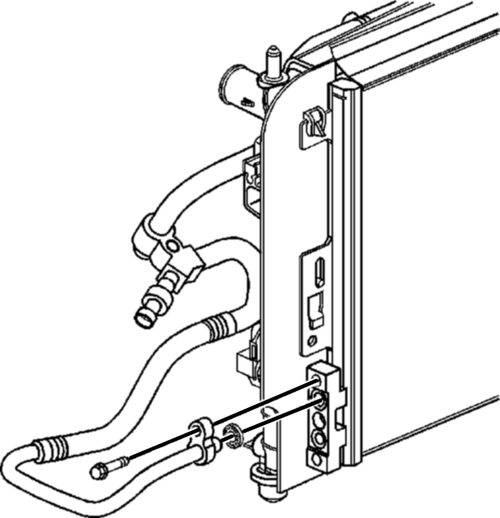
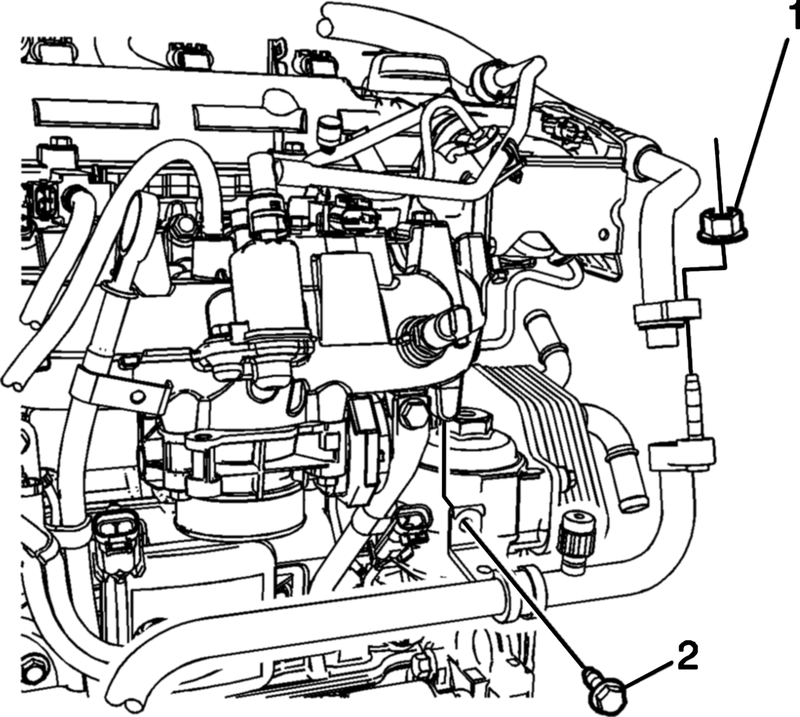
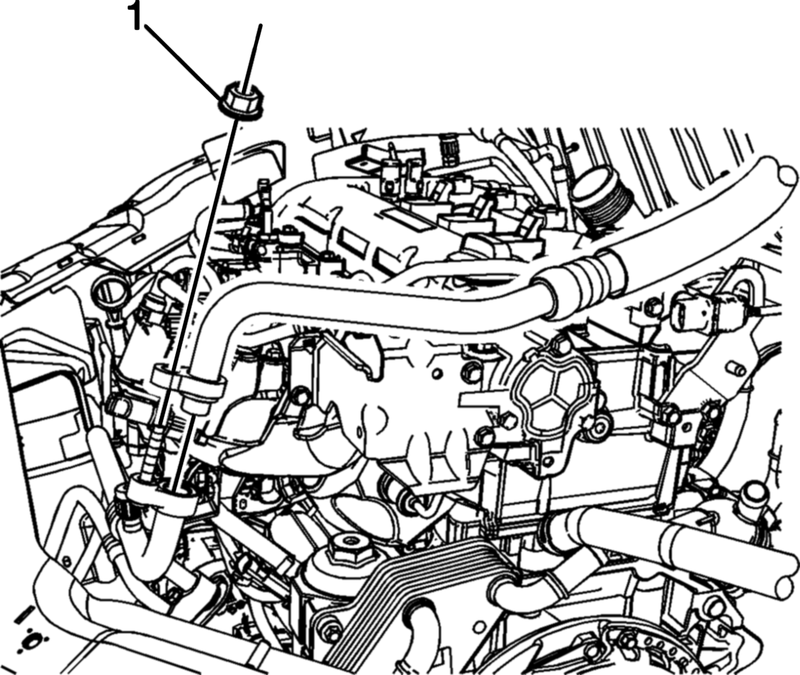
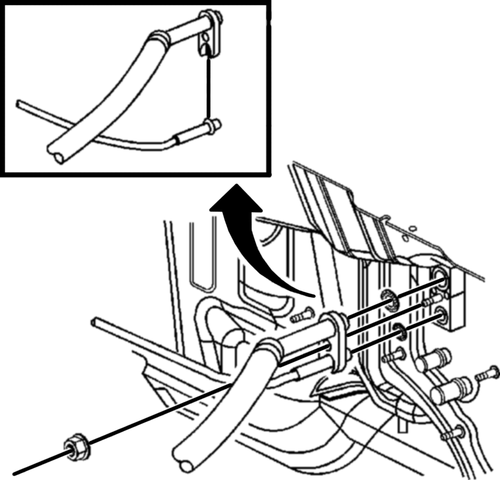
 Air Conditioning Compressor Clutch Transfer
Air Conditioning Compressor Clutch Transfer Air Conditioning System Leak, Inspection
Air Conditioning System Leak, Inspection